On June 5, 2020, President Trump signed into law the Paycheck Protection Program Flexibility Act of 2020. The Act was the result of roadblocks faced by borrowers as they attempted to comply with the requirements of the program while also navigating a new, challenging business environment and the reality of the “new normal.”
Early Stages of the PPP
Prior to the updated legislation, the Paycheck Protection Program required that, in order for the entire amount of the loan to be forgiven, borrowers needed to use at least 75% of the funds for payroll (leaving 25% for other qualified expenses like utilities and mortgage interest). It also required that borrowers rehire any laid off or otherwise discharged employees to bring the entity’s employment level to that of a pre-crisis level.
This left most borrowers with much needed funding that, depending on individual circumstances, was difficult to have forgiven (which was one of the key selling points of the program). Among other provisions, the updated legislation reduces 75% payroll requirement and extends the forgiveness period from 8 weeks to 24 weeks, helping to alleviate some of the pressure put on borrowers who found it hard to comply with some of these more difficult program details.
Key provisions of the Act:
1. Extension of the loan forgiveness period from 8 weeks to 24 weeks.
Prior to the update, a loan that was disbursed on 04/15/2020 would need to be exhausted by 06/10/2020. This posed issues for borrowers who, for example, downsized after year end but before the 02/15/2020 FTE count cutoff in the form of loans that exceeded the amount they could possibly pay within 8 weeks.
2. Safe harbor from reduced loan forgiveness because of a reduction in the number of Full-Time Equivalent employees.
As originally passed, the PPP required that employers maintain the same number of employees they had on their payroll as of February 15, 2020. The new safe harbor provides employers with some flexibility, specifically for those who are unable to rehire individuals who were employed as of 02/15 and are unable to hire replacement employees by the end of 2020.
3. Safe harbor from reduced loan forgiveness because of an inability of the borrower to return to a level of business activity equivalent to that realized before February 15, 2020.
This applies to borrowers who are forced to comply with specific requirements of: Health and Human Services, Centers for Disease Control and Prevention, or the Occupational Safety and Health Administration between March 1, 2020 and December 31, 2020.
4. Increase the loan term from 2 years to 5 years.
This applies to all loans assigned a loan number by SBA on or after June 5, 2020.
5. Extension of the deferral period for principal, interest, and fees on PPP loans.
This extension applies through the date of loan forgiveness or 10 months after the end of the loan forgiveness period, whichever comes first.
Learning More about the New PPP Legislation
If you have thoughts or questions on the new legislation, please contact us. We have been honored to have helped as many people as we have through this time by navigating some of the relief available and by digging into questions surrounding financial management and cash flow. We would be honored to continue offering a hand.
Additionally, we would like to note that as of this writing, PPP funds are still available. While those business owners who chose to take advantage of other programs (unemployment, EIDL, some payroll tax credits, etc.) may be ineligible to apply for a PPP loan, the feasibility of the program for any business is still worth a closer look.

